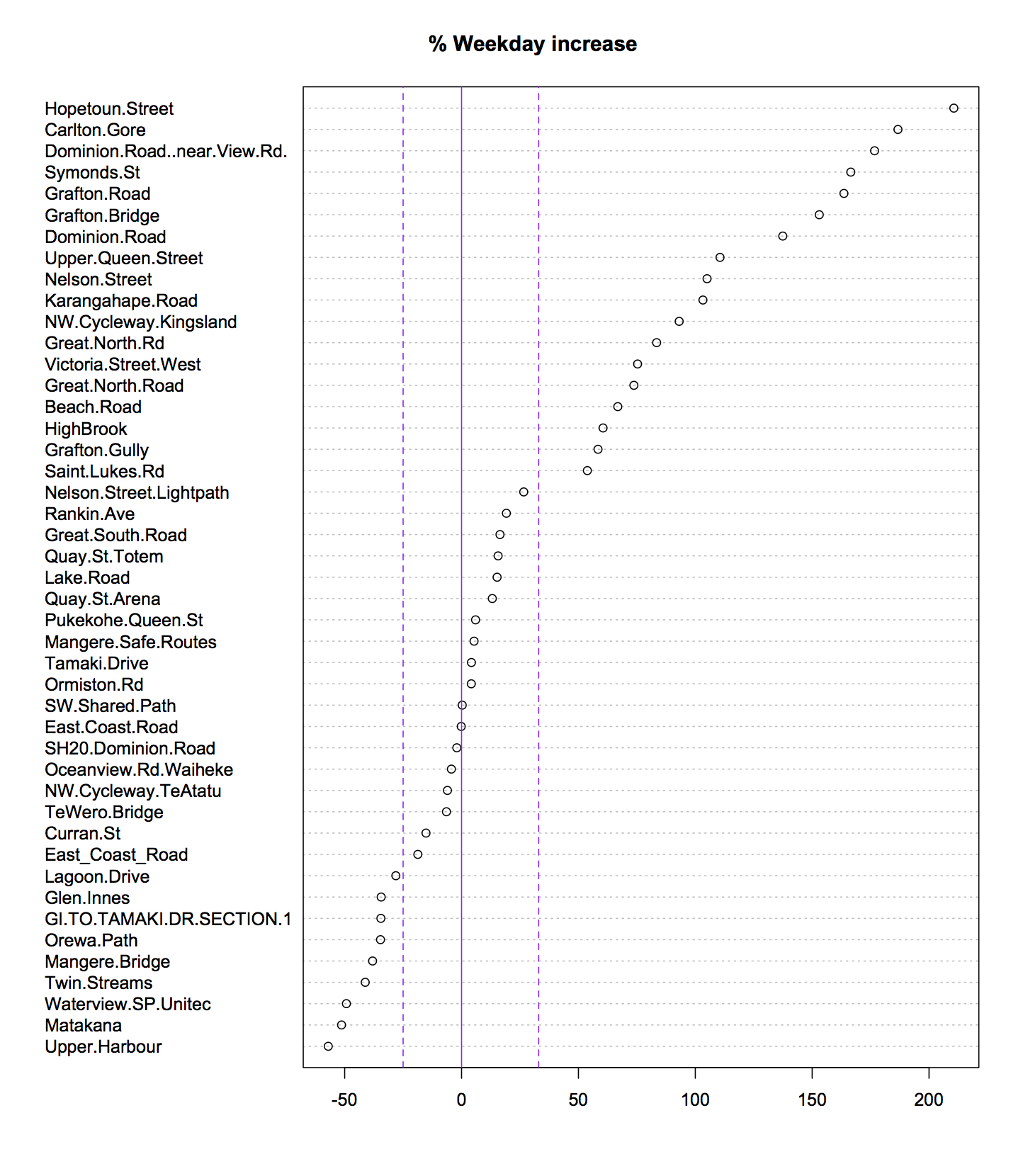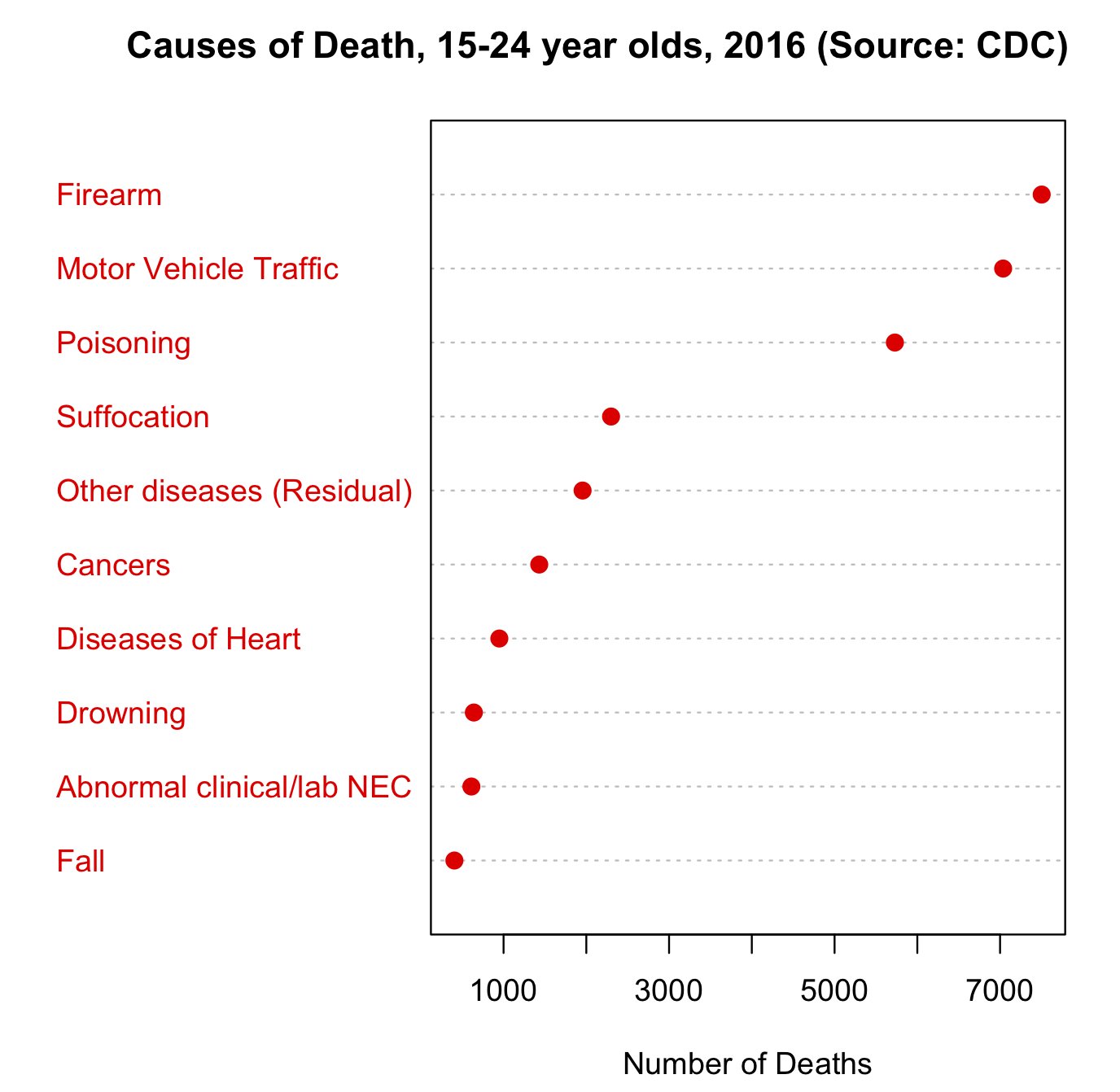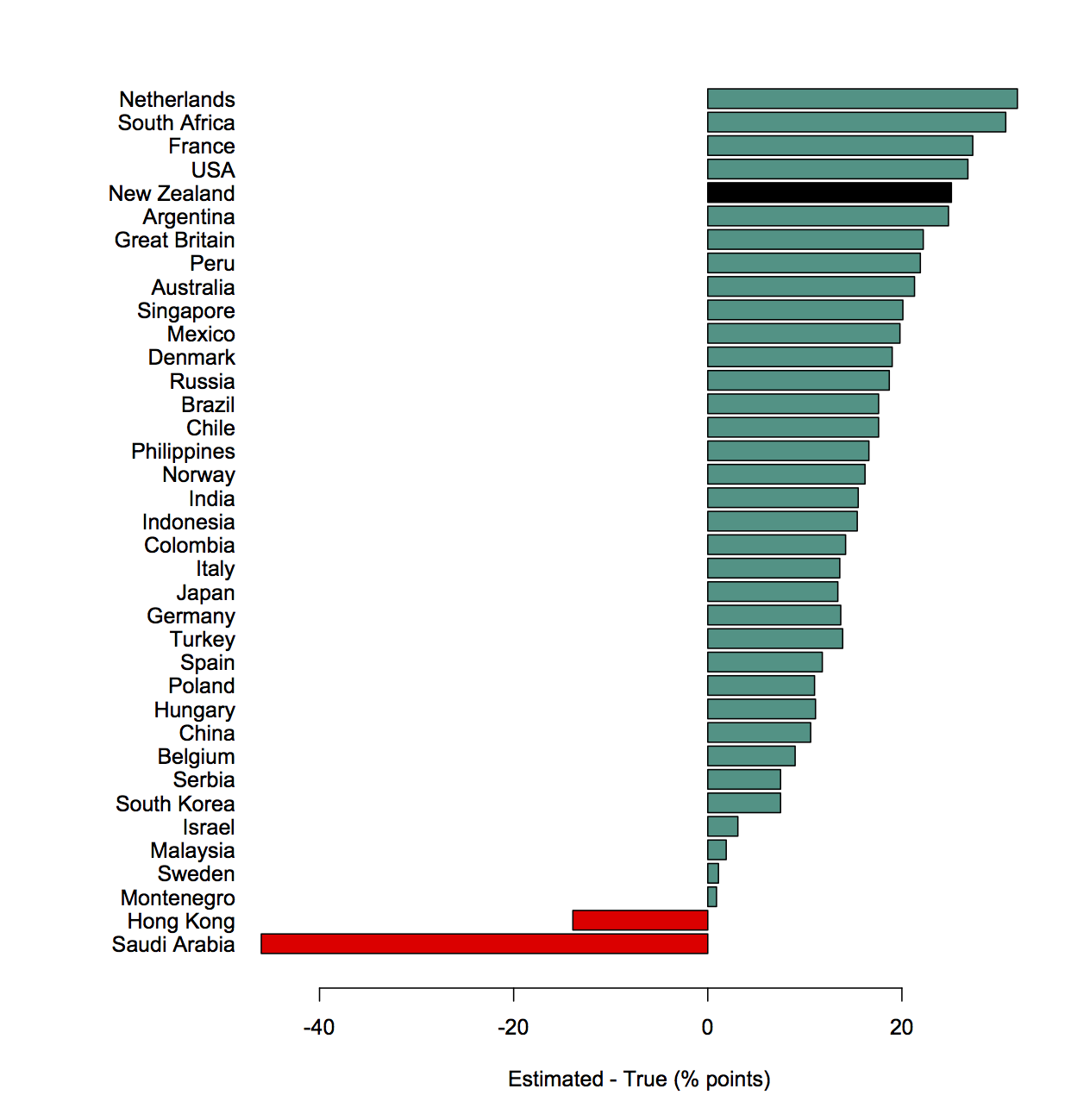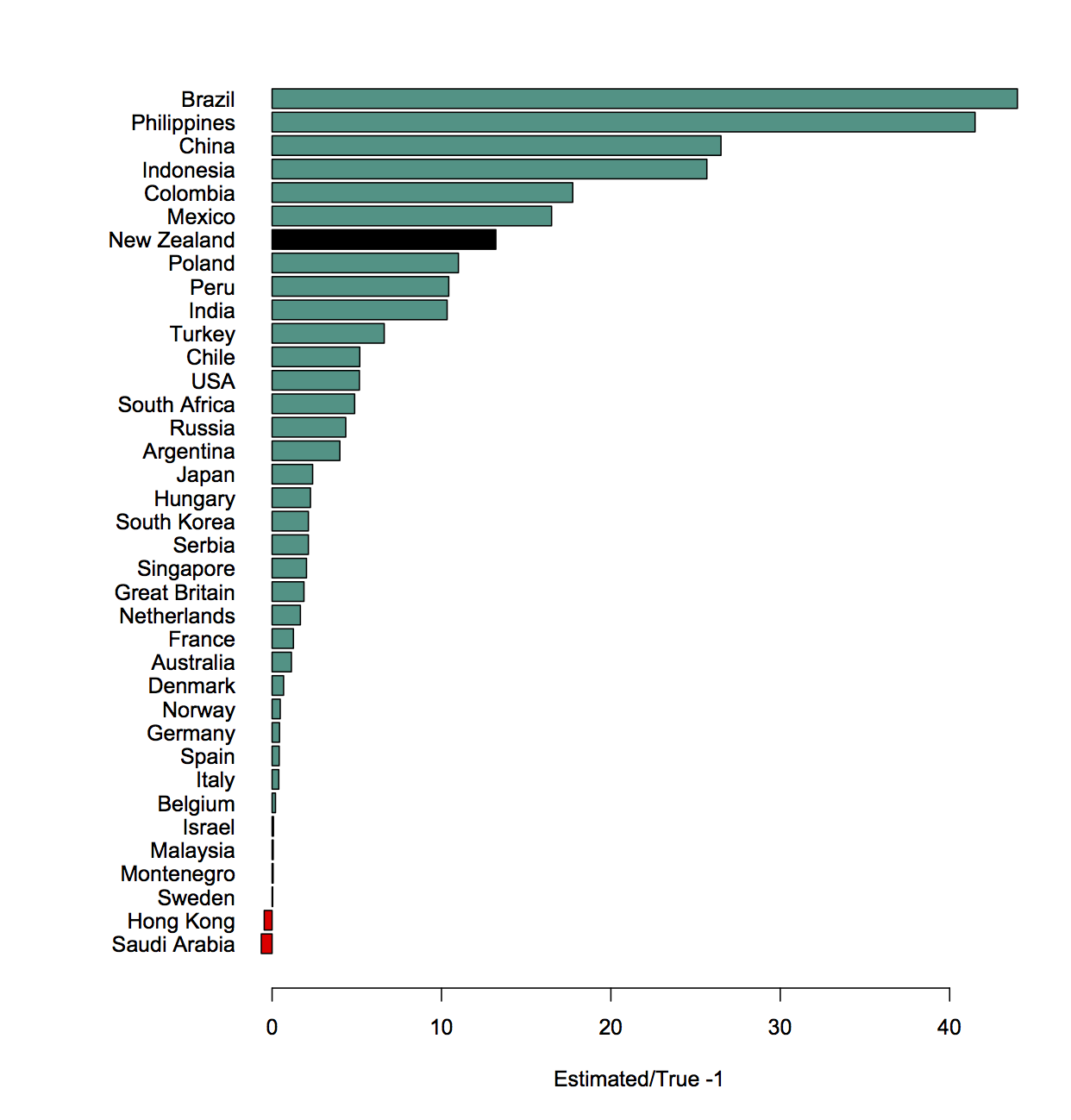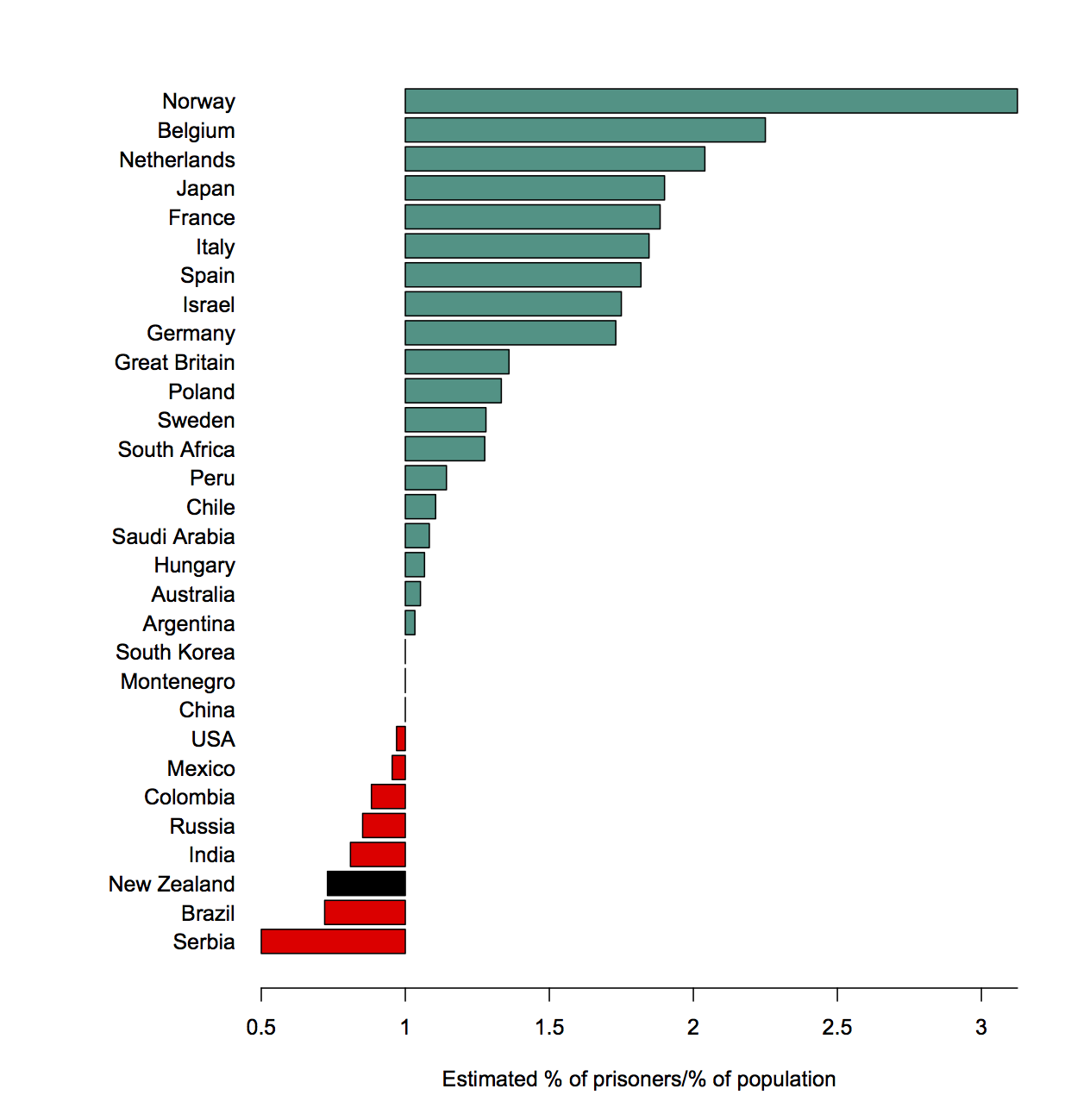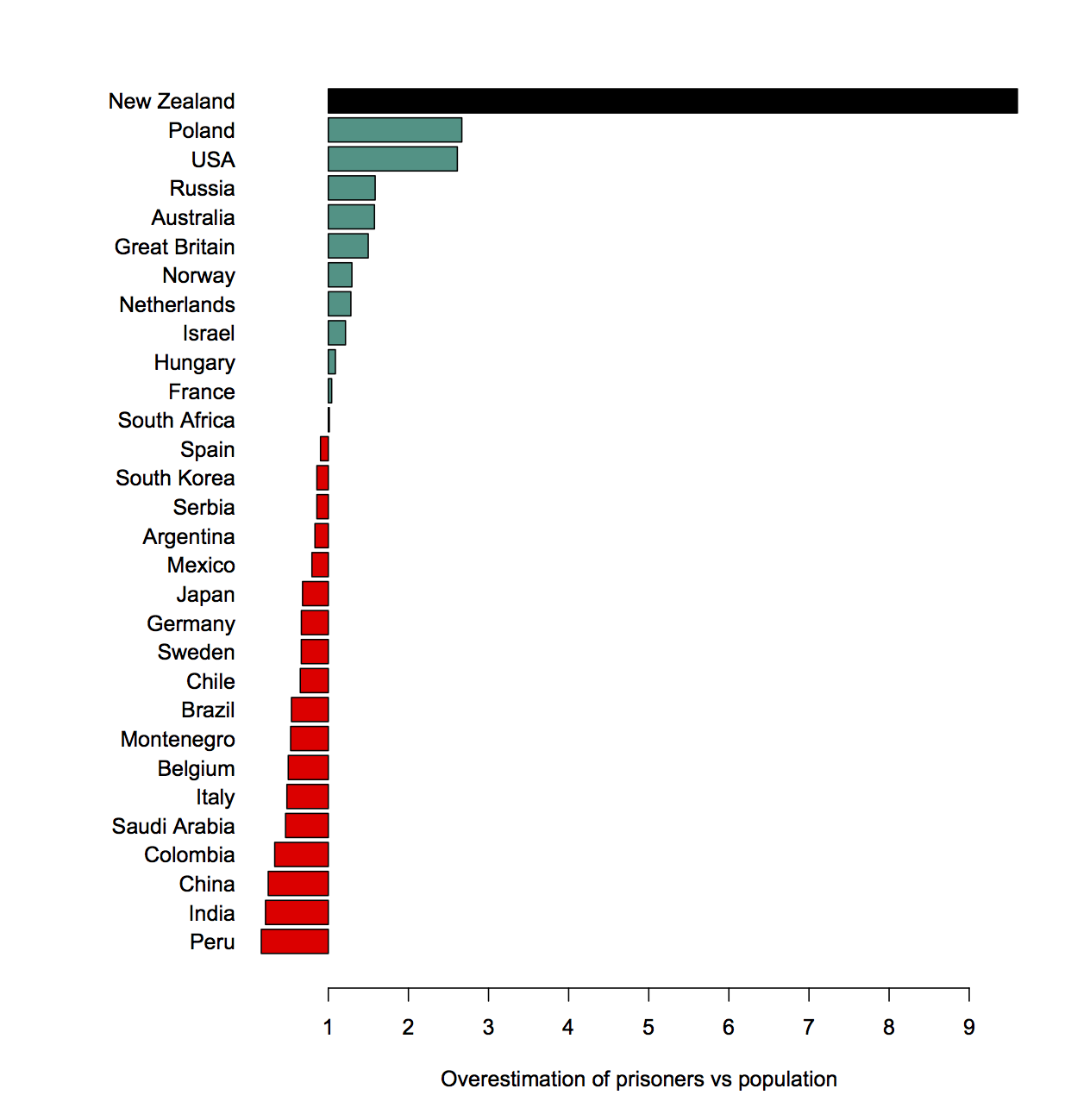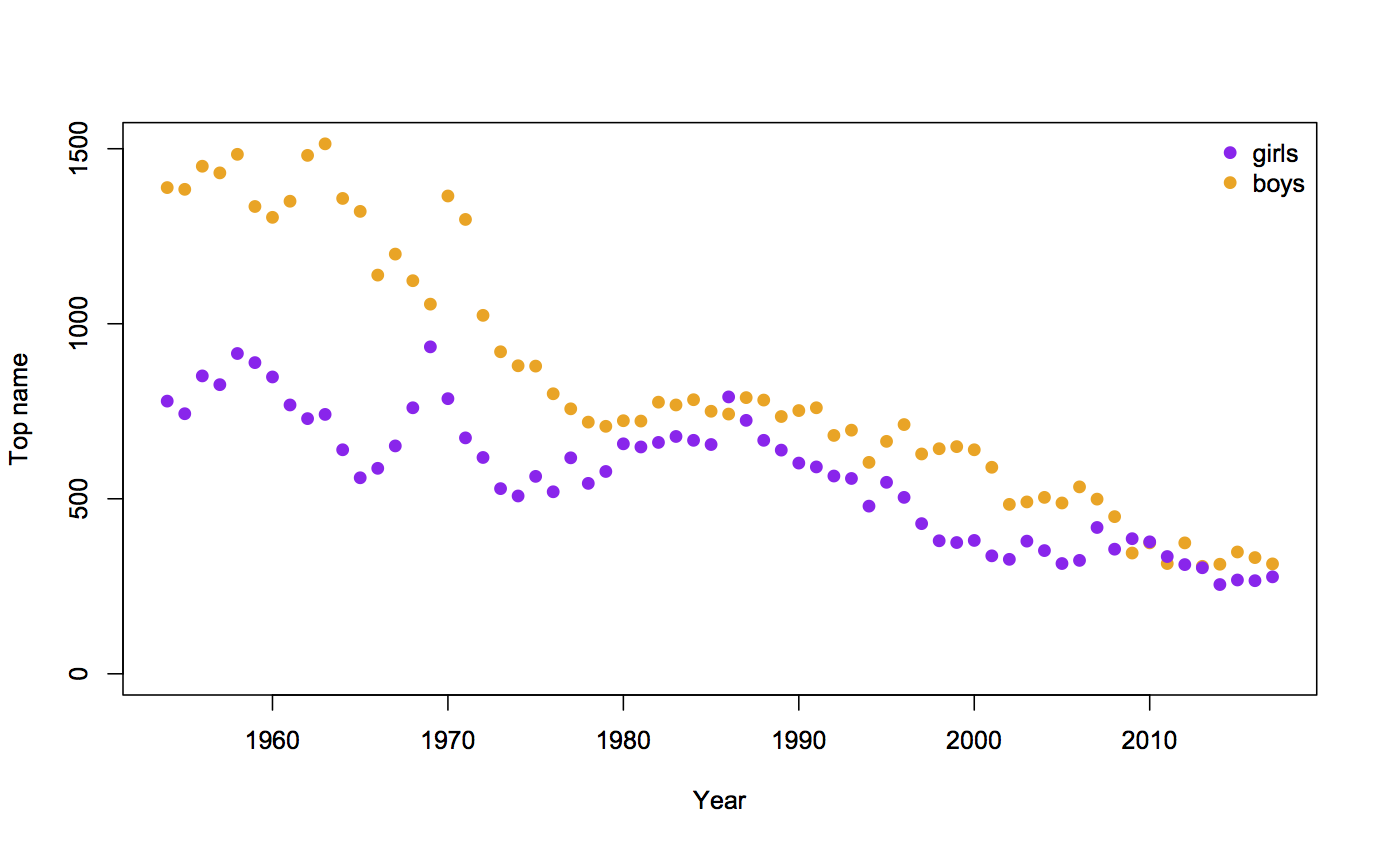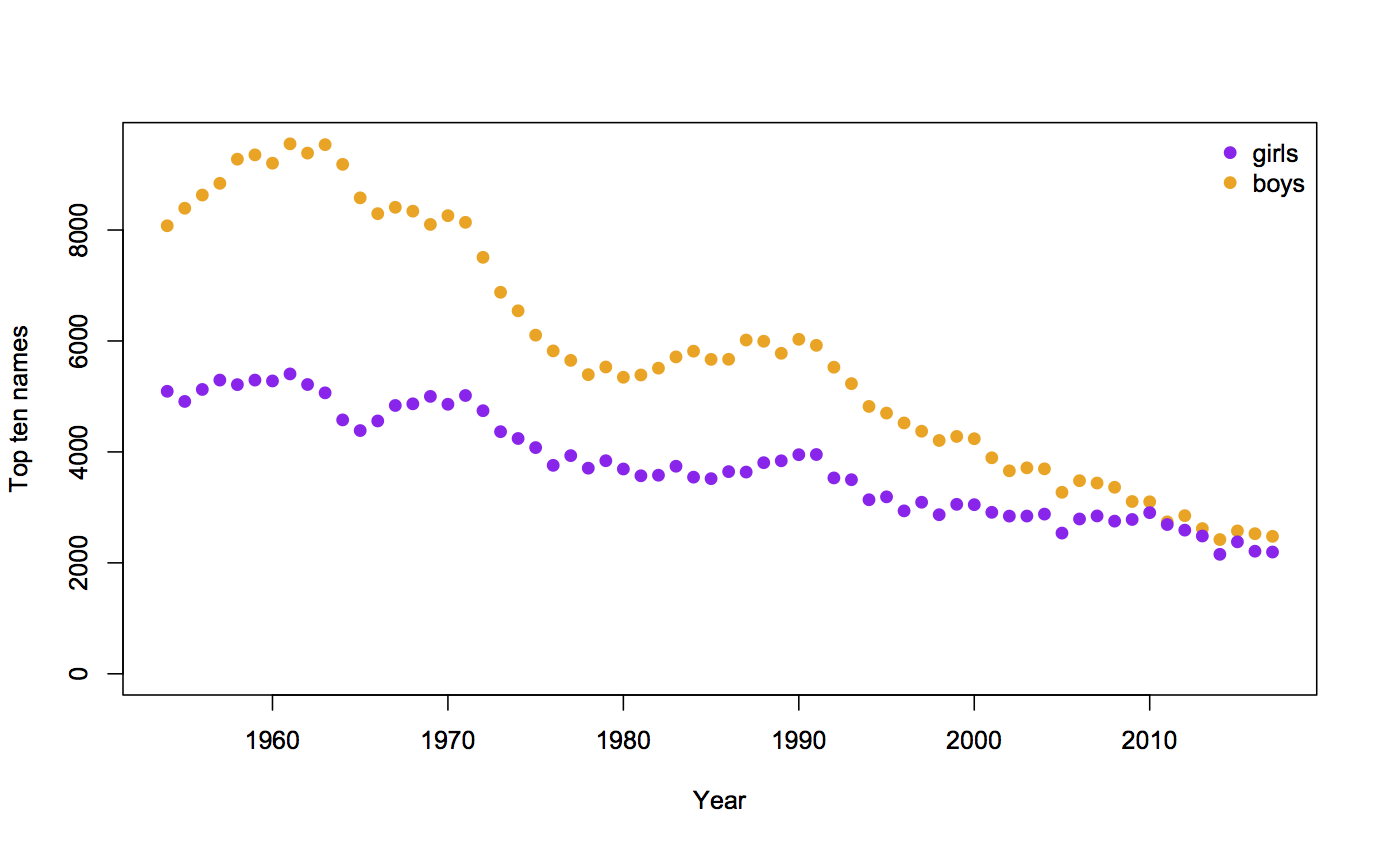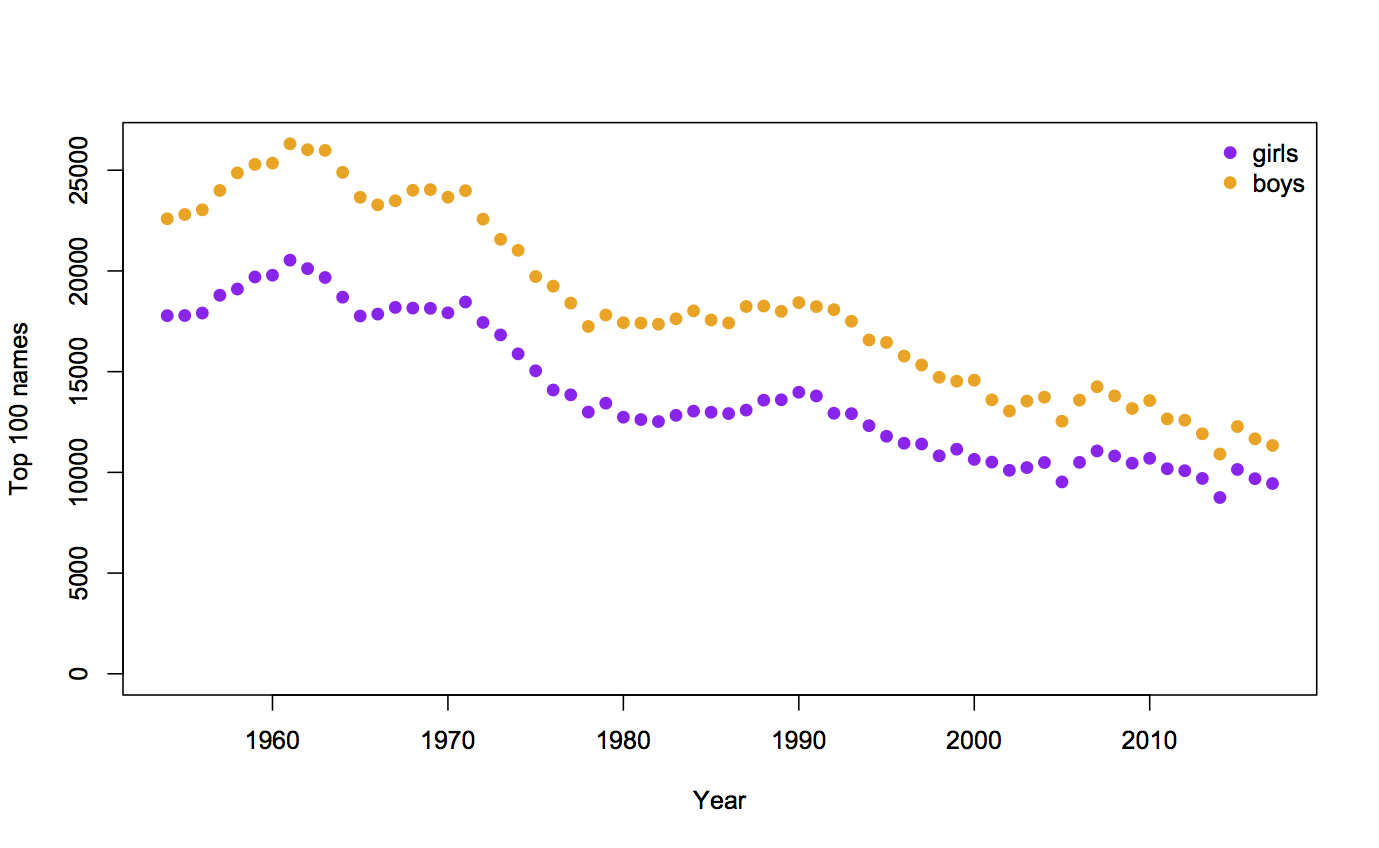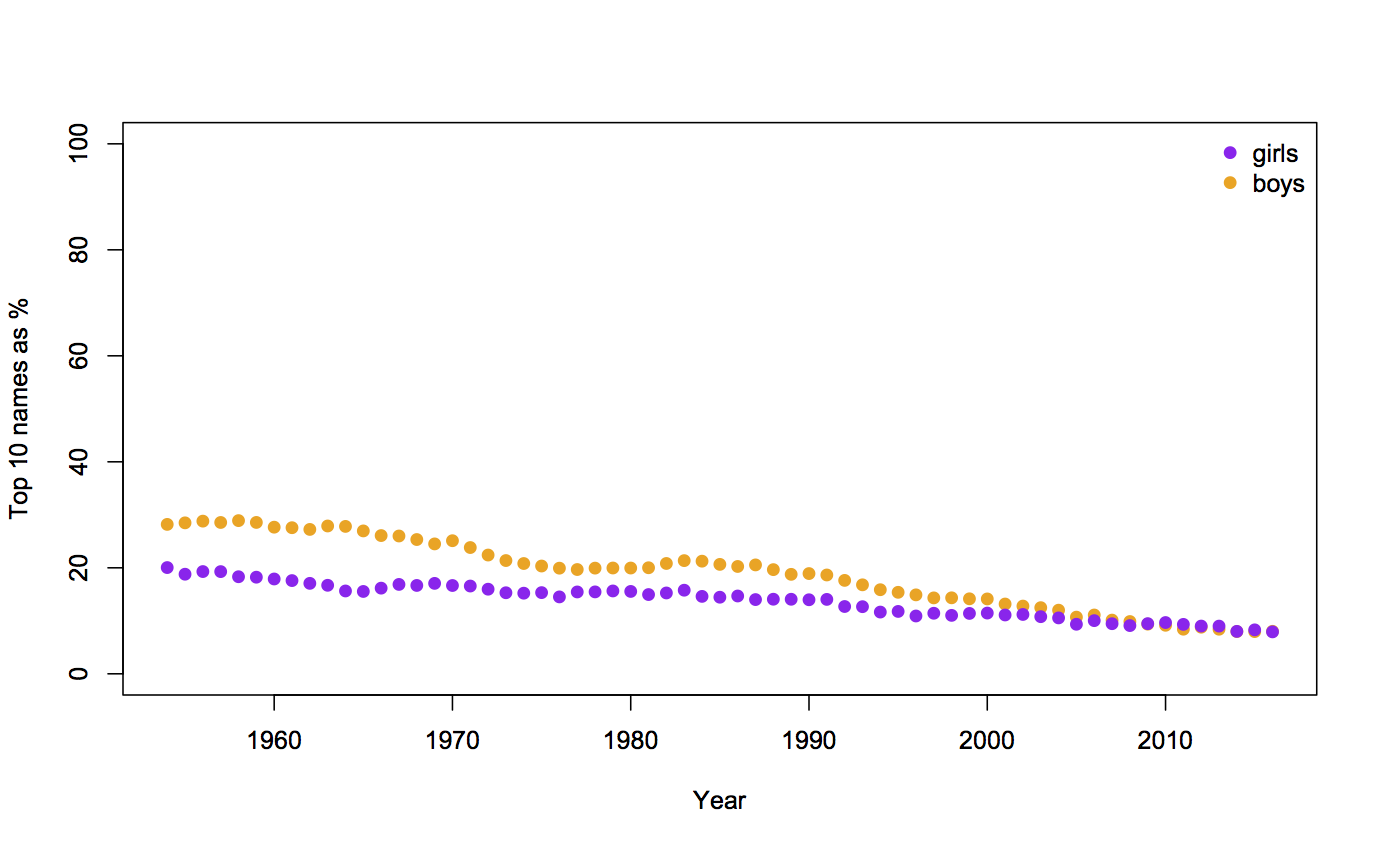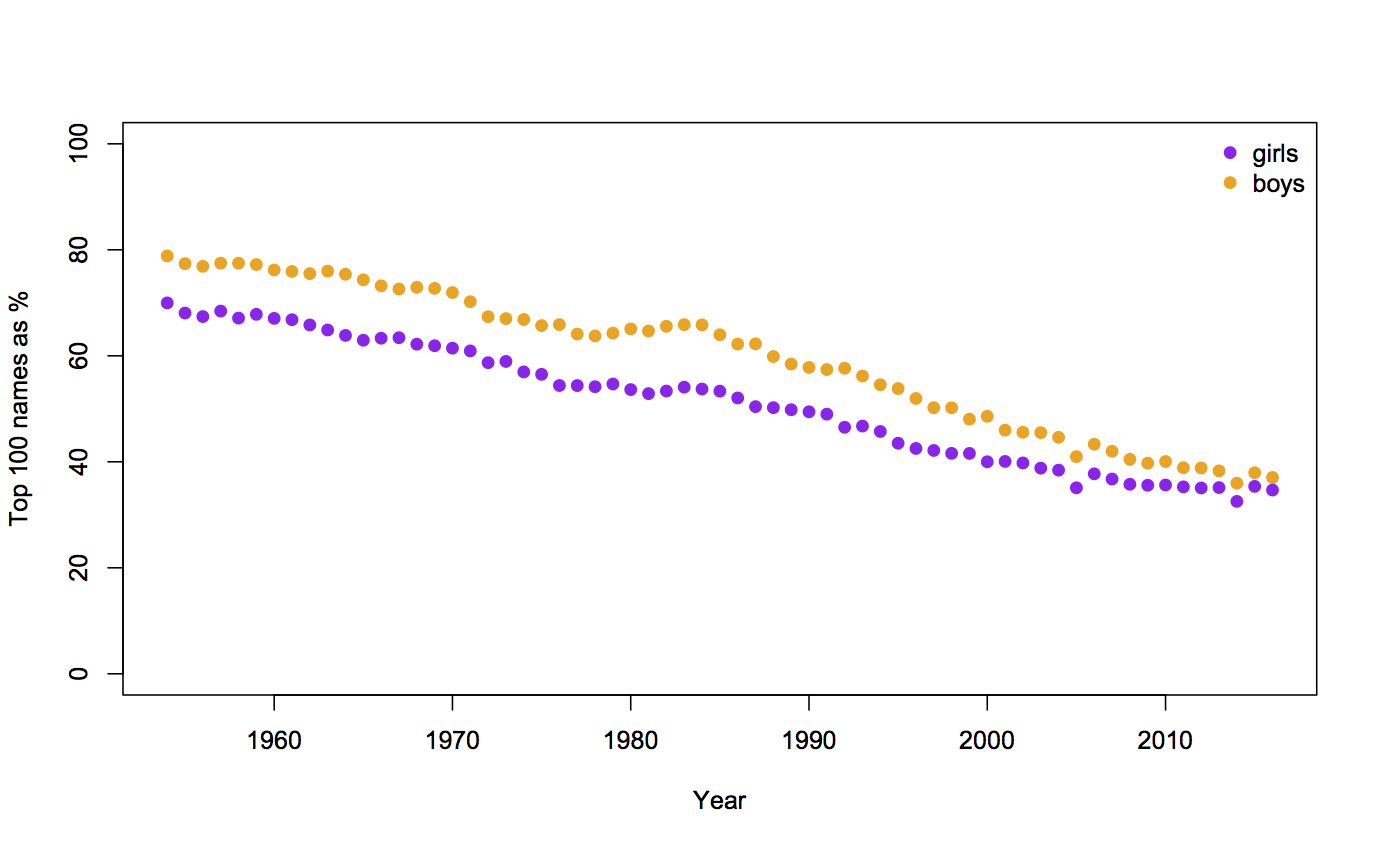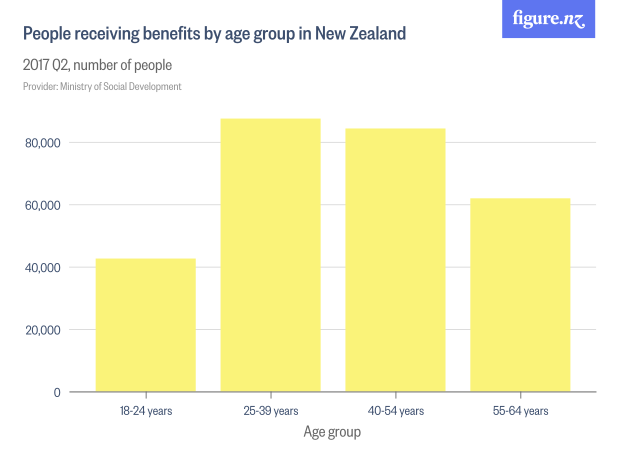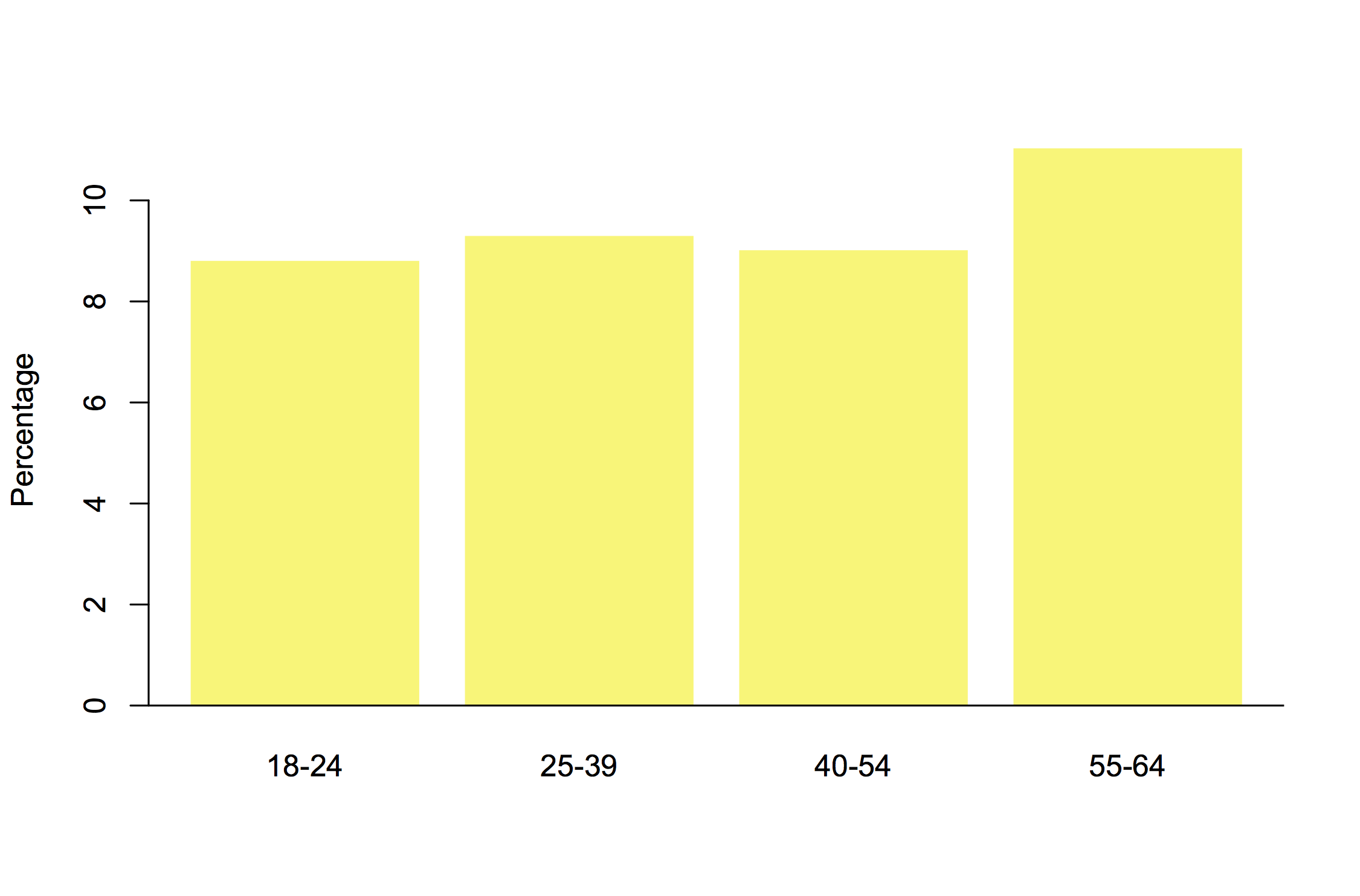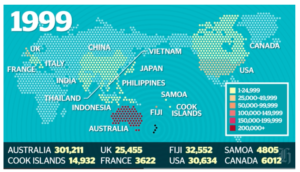From the Herald (and also from NewstalkZB, apparently originally at South Africa’s The Citizen)
He is also said to own a custom-built Mercedes Benz s600L that is able to withstand AK-47 bullets, landmines and grenades. It also features a CD and DVD player, internet access and anti-bugging devices. The Citizen reported that Mugabe – who is a trained teacher – also owns a Rolls-Royce Phantom IV: a colonial-era British luxury car so exclusive, only 18 were ever manufactured. The vintage black car is estimated to be worth more than Zimbabwe’s entire GDP. (emphasis added)
Several people on Twitter, starting with Richard Easther, had the same reaction: that this doesn’t look remotely plausible. It’s like the claims that Labour’s water levies would make cabbages cost $18 and a bottle of wine $75 — extraordinary claims demand, if not extraordinary evidence, at least some evidence.
So, how is it that you’d decide this number was implausible? Well, in one direction, you might try to guess the GDP of Zimbwawe. If Zimbabwe had a smaller population than NZ you’d probably know it was a small country, so we can say there’s at least 5 million people. So, if the per-capita GDP was only $1, it would still add up to $5 million, and that’s a very expensive car. Since you’d expect the population to be more than 5 million and the per-capita GDP to be a lot more than $1, the figure is looking implausible.
In the other direction, you might look up the current GDP of Zimbabwe — $16 billion — or the lowest it’s been in recent years — $4.4 billion in 2008 — and note that you could by several wide-body jets for that much.
That’s enough to know something is strange. If you wanted more detail you could search for prices of Rolls-Royce Phantom IVs or of the most expensive cars ever sold, and find that, yes, there’s three or four orders of magnitude missing.
Or, you could look at the first line of the story
Zimbabwe embattled president Robert Mugabe is reportedly worth more than $1 billion despite his country being one of the poorest in the world.
Or the last line
Rolls Royce Phantoms cost a minimum of just under $698,000, but custom-built versions are sold for as much as $1.74 million. Media in South Africa reported the combined cost of the cars was about $6.98 million.
and again, there’s no way the claim about the car vs the GDP could be true — a used one couldn’t be worth thousands of times more than a new one.
So, where could it have come from? My guess is that the claim was originally hyperbole: that someone did say “his car’s worth more than the Zimbabwe GDP” but they didn’t mean it literally. Over repetitions, the rhetorical figure turned into an “estimate”, and was quoted without any real thought.
What’s harder to understand is someone thinking a CD and DVD player is the height of motoring luxury.
